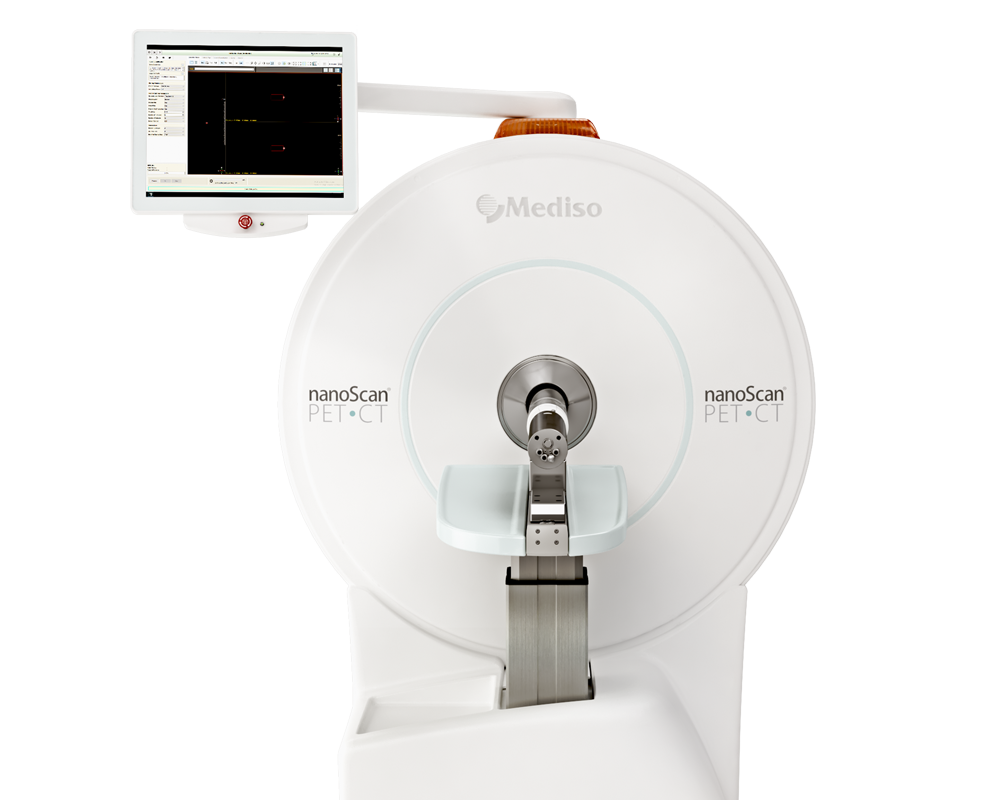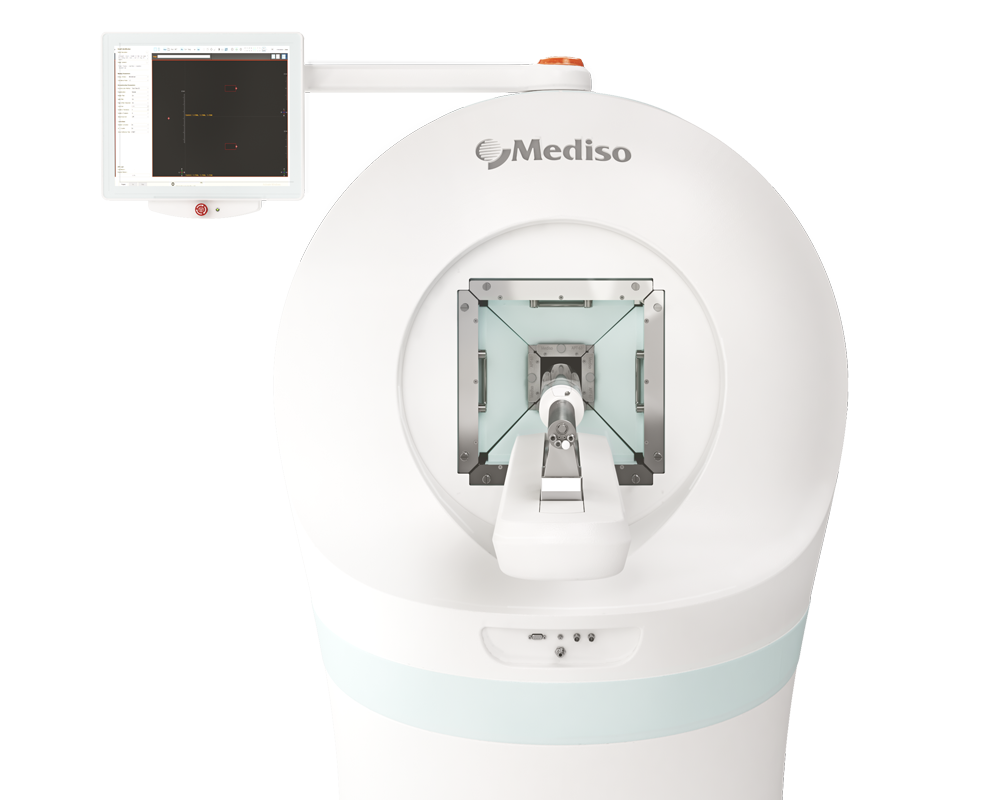PET Imaging of Liposomal Glucocorticoids using 89Zr-oxine: Theranostic Applications in Inflammatory Arthritis
2020.02.26.
Peter J. Gawne, Theranostics, 2020
Summary
The encapsulation of glucocorticoids (GCs) into long-circulating liposomes (LCLs) is a proven strategy to reduce the side effects of glucocorticoids and improve the treatment of inflammatory diseases, such as rheumatoid arthritis.
With the aim of supporting the development of GC-loaded LCLs, and potentially predict patient response to therapy clinically, in this study, a direct PET imaging radiolabelling approach was evaluated for GC-LCLs in an animal model of human inflammatory arthritis.
A preformed PEGylated liposomal methylprednisolone hemisuccinate (NSSL-MPS) nanomedicine was radiolabelled using 89Zr(oxinate)4, characterised and tracked in vivo using nanoScan PET/CT in a mouse model of inflammatory arthritis (STA) and non-inflamed controls. Histology and joint size measurements were used to confirm inflammation. The biodistribution of 89Zr-NSSL-MPS was compared to that of free 89Zr in the same model.
PET/CT imaging of 89Zr-NSSL-MPS showed high uptake at inflamed joints and low activity in the non-inflamed joints. Clear correlation between joint swelling and high 89Zr-NSSL-MPS uptake was observed. STA mice receiving a therapeutic dose of NSSL-MPS showed a reduction in inflammation at the time points used for the PET/CT imaging compared with the control group.
PET imaging was used for the first time to track a liposomal glucocorticoid, showing high uptake at inflamed sites and a good correlation with the degree of inflammation. A subsequent therapeutic response matching imaging time points in the same model demonstrated the potential of this radiolabeling method as a theranostic tool for the prediction of therapeutic response in the treatment of inflammatory diseases.
Results from nanoScan PET/CT
Inflammatory arthritis was induced using the K/BxN serum transfer arthritis (STA) model: 9-week old female C57Bl/6J mice were injected i.p. with arthritogenic serum (150 μL) on day 0, followed by an additional injection on day 2. Control mice were injected i.p with non-arthritogenic serum. The size of the joints were monitored to track the progress of the disease.
On day 7, 89Zr-NSSL-MPS (1.3MBq) was injected i.v. into the mice. PET/CT imaging was performed 2 days later for 60 min on nanoScan PET/CT. All data sets were reconstructed using a Monte Carlo based full 3D iterative algorithm (Tera-Tomo, Mediso Medical Imaging Systems, Budapest, Hungary). Decay correction to time of injection was applied.
Having made the correlation between 89Zr-NSSL-MPS uptake levels and inflammation in joints in arthritic mice, the therapeutic efficacy of NSSL-MPS was tested: 7 days after induction of STA, a therapeutic dose of NSSL-MPS was administered and the total visual inflammation score was determined.
Immediately after the PET/CT imaging, mice were sacrificed by cervical dislocation under anaesthesia, and the organs of interest were dissected. Each sample was then weighed and counted with a γ counter.
Results show:
- high 89Zr-NSSL-MPS uptake at inflamed joints. In contrast, control groups lacking joint inflammation showed low uptake (A, B)
- 89Zr-NSSL-MPS uptake into non-target organs was similar across all groups, with high uptake in spleen and liver (C)
- plotting the joint-to-organ (heart, muscle, liver and spleen) ratio of inflamed and non-inflamed joints showed a significantly higher ratio for inflamed joints (D)
- PET imaging and ex vivo biodistribution studies demonstrate a correlation between 89Zr- NSSL-MPS uptake levels in joints and inflammation
- Therapeutic dose of NSSL-MPS resulted in a clear reduction in the total visual inflammation score between days 7–11

Full article on thno.org
How can we help you?
Don't hesitate to contact us for technical information or to find out more about our products and services.
Get in touch
